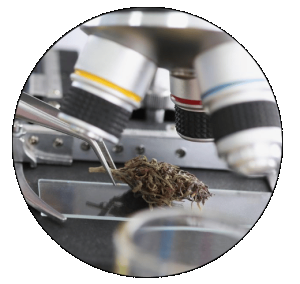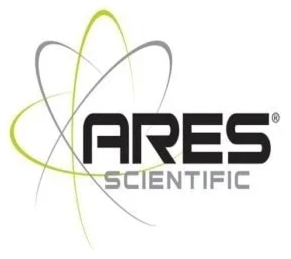Produced in Partnership with ARES ScientificMar 22 2023Reviewed by Emily Magee
When assessing the quality and preservation of cannabis, it is important to take into account the moisture content and water activity. By comprehending the distinction between these two measurements, cannabis cultivators, manufacturers, and consumers can ensure the superiority of their products.

Image Credit: ARES Scientific
The measurement of moisture content and water activity in cannabis is a crucial aspect of verifying the quality and safety of the packaged product. Although these two terms are frequently used interchangeably, they represent different metrics that provide distinct information about the plant.
Understanding the difference between moisture content and water activity in cannabis can assist cultivators in ensuring that they are offering a secure product for extended storage.
Moisture content is determined by the amount of water present in a cannabis sample, expressed as a percentage of the total weight of the sample, including the water and the dry matter.
High moisture content can lead to a range of problems, including mold and bacteria growth, decreased shelf life, and potency loss. Conversely, inadequate moisture content can result in a brittle plant that is less desirable.
To ensure proper preservation and prevent mold growth, cannabis products should maintain a moisture content of between 10 and 15 percent. Proper moisture content and water activity are critical to maintaining the quality of cannabis products.
Achieving this requires careful monitoring and control of moisture levels during the drying and curing process. The use of humidity-controlled drying rooms, dehumidifiers, and proper storage conditions can help in this regard.
Water activity is a measure of the availability of water for microbial growth and is expressed as a decimal value between zero and one, with zero representing the absence of water and one representing saturation.
Water activity is critical because it directly influences microorganisms' capacity to grow and survive in the sample. A cannabis sample with high water activity is more prone to mold and bacterial growth, while a sample with low water activity is less likely to support microbial growth.
Cannabis cultivators and manufacturers must understand the difference between moisture content and water activity to achieve a good harvest and produce a safe product.
For example, a cannabis sample with high moisture content may not necessarily have high water activity if the water is tightly bound to the plant material and not readily available for microbial growth.
Measuring Water Activity vs. Measuring Moisture Content
Another key difference between the two metrics is how they are measured. Moisture content is typically measured using a moisture analyzer, which uses various techniques, including infrared spectroscopy, to determine the amount of water in the sample.
In contrast, water activity is measured using a water activity meter, which uses sensors to determine the water vapor pressure in the sample.
Water activity(aw) is a numerical measure that reflects a substance's water vapor pressure in comparison to pure water's vapor pressure at the same temperature. It is often used to evaluate the stability and shelf-life of items such as cannabis flowers.
A customized instrument known as a water activity meter is used to detect water activity in cannabis flowers. The relative humidity of the air around the bloom is measured using sensors and transformed into the water activity value.
For cannabis flowers, the ideal water activity level is between 0.55 and 0.65. A value within this range ensures that the flower is dry enough to prevent mold growth but not so dry that it becomes brittle and prone to breakage.
A cannabis flower with a water activity level outside of the 0.55 to 0.65 range is at risk for various quality and safety issues. A value above 0.65 may lead to mold growth and bacterial contamination, while a value below 0.55 may result in the flower becoming dry and brittle, leading to loss of potency and decreased shelf-life.
Conclusion
To summarize, measuring the quality and safety of cannabis requires considering two essential metrics: moisture content and water activity. While they are sometimes used interchangeably, they provide distinct information about the plant.
Having a clear understanding of these metrics can result in improved harvests and safer packaging of products.
ARES Scientific offers a range of equipment to support these measurements, including moisture analyzers from Ohaus, benchtop laboratory equipment, WavDri drying trays from Metro, scales from Ohaus, as well as glassware and equipment washers from Miele.
About ARES Scientific
Since 2009 ARES Scientific has been helping the scientific community identify and implement the most innovative and sustainable products for their facilities. We are pleased to offer our clients a pre-qualified portfolio of premier manufacturing companies specialized in building the highest quality products within their particular area of expertise. Many of these companies hold the distinction of being multi-generational family-owned companies that have been in continuous operation for decades.
Today, we are proud to say that we have helped thousands of the most prestigious institutions and businesses accelerate medical breakthroughs and enhance the quality of their patient care. Our vision is to continue building long-lasting relationships with our clients and manufacturer partners and bring them together in their quest to improve the quality of life in our communities.
Sponsored Content Policy: AZO Life Sciences publishes articles and related content that may be derived from sources where we have existing commercial relationships, provided such content adds value to the core editorial ethos of AZO Life Sciences which is to educate and inform site visitors interested in medical research, science, medical devices and treatments.